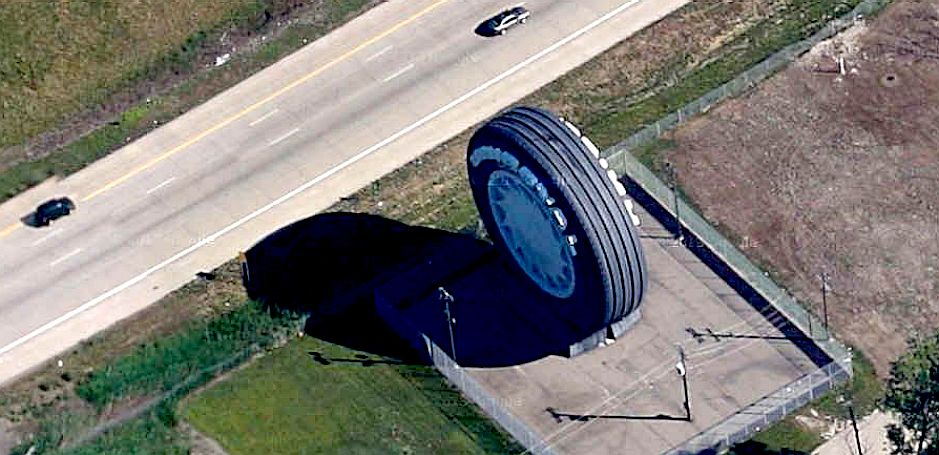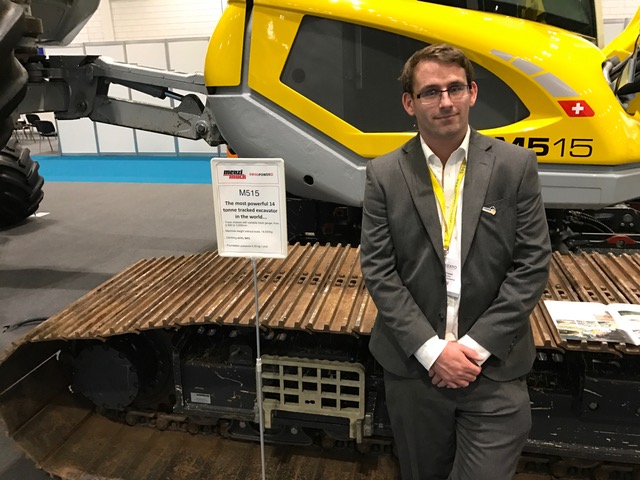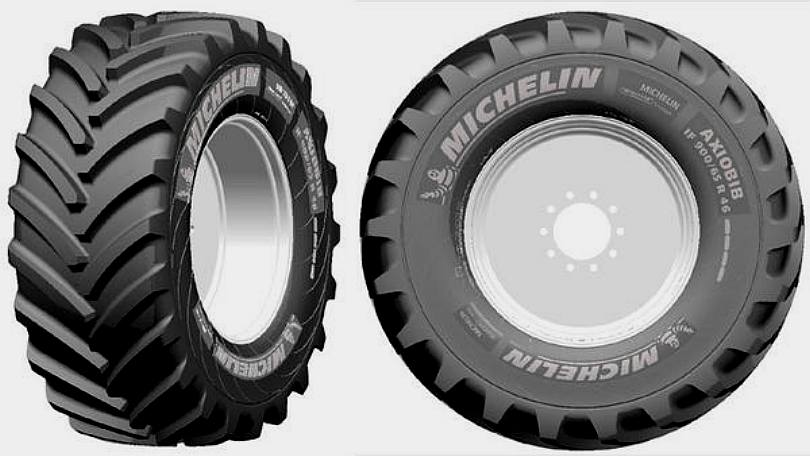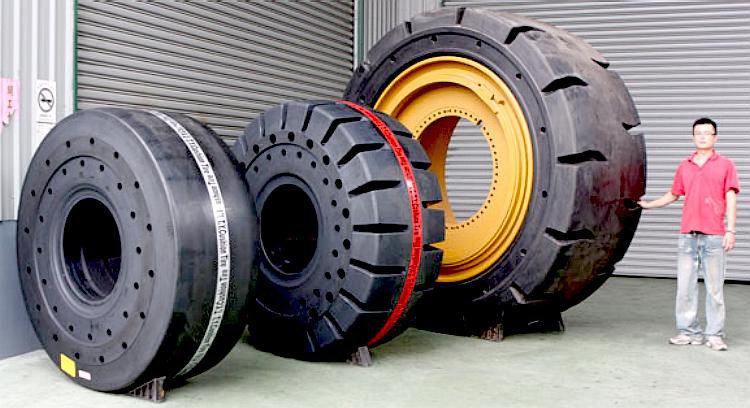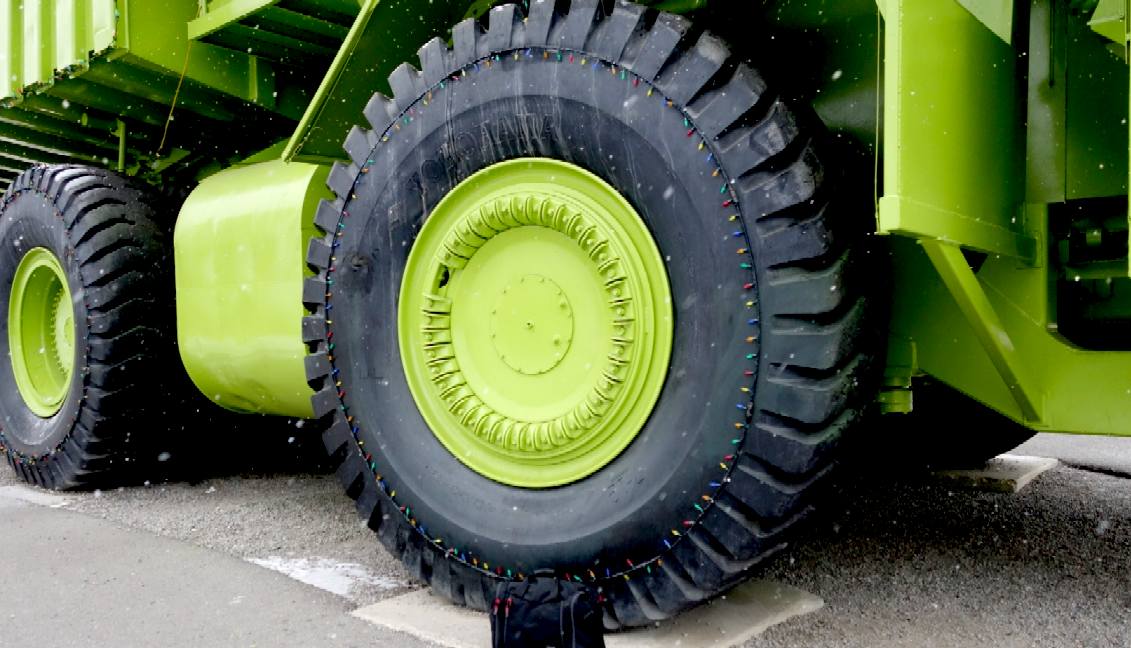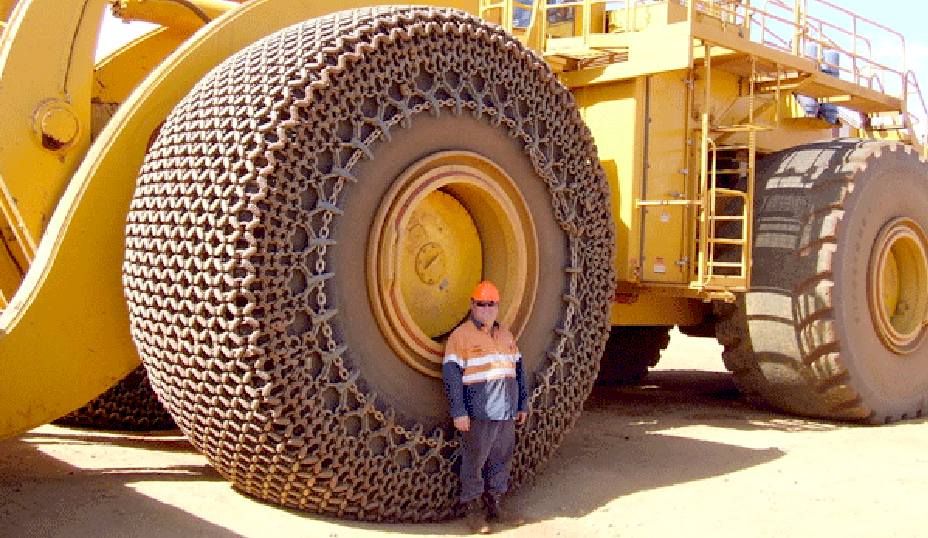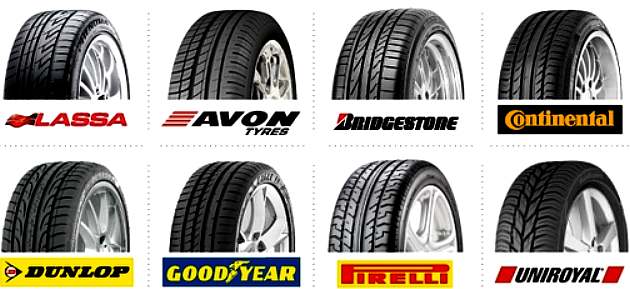|
AMPHIBIOUS LAUNCHER - AMPHIMAX - CHASSIS - HYDRAULICS - LAUNCH SITE SUSSEX - MODELS 1/20 - TIMETABLE - TRAILER LAUNCH - WHEELS
|
||||||||||||||||||||||||||||||||||||||||||||||||||||||||||||||||||||||||||||||||||||||||||||||||||||||||||||||||||||||||||||||||||||||||||||||||||||||||||||||||||||||||||||||||||||||||||||||||||||||||||||||||||||||||||||||||||
|
MICHIGAN - The Uniroyal Giant Tire was created by the Uniroyal Tire Company for the 1964 New York World's Fair, where it functioned as a Ferris wheel. Since 1966 it has served as a static display in Allen Park, Michigan, alongside Interstate 94, between the Southfield Freeway interchange and Outer Drive overpass.
In our case we have to think about traction on loose beach and weight distribution, where if a couple of wheels are not in contact with the ground, the other wheels have to carry that extra load - and the chassis has to be strong enough to carry the SeaVax™ on any combination of axles, given that it would be nigh on impossible for enough wheels to be in the air at the same time to cause load failure. The only way to be sure is to run a series of tests at 1/20th scale.
MARINE & COASTAL EXPO 2016 - Chris checks out the machinery on display at the Excel in London. Our project manager is looking at ways other engineering problems have been solved.
TYRE SIZE
The size of the wheel and tyre combination determines the rotational output speed of the hydraulic wheel-motors. The size of a tyre also determines the terrain that a vehicle might traverse effectively. The basic principle is that a larger wheel has less rolling resistance. A larger wheel also has the effect of smoothing out undulations in the land surface.
With tarmac or concrete roads this is not so important, because roads are relatively even in construction, except for potholes. Also, road vehicles have complex suspension systems to absorb the shocks of irregularities, meaning that they can use smaller tyre sizes and still give a relatively comfortable ride.
WHEEL/TYRE REVOLUTIONS PER MINUTE (RPM) = MPH TABLE
TABLES - Vehicle designers often find it convenient to refer to tables when working out possible performance scenarios. Conversion between metric tyre sizes and feet is needed to obtain miles per hour. One meter = 3.28084 feet (3' feet 3,3/8th inches"). From the charts above we can see the speeds of a wheel-motor in relation to rpm, in mph. From these you can see how important it is to have reduction gearing between the driving motors and the wheel.
For example, the Poclain MS25 hydraulic motor has a maximum speed of 145 rpm, meaning that in theory a 1.860 meter diameter wheel/tyre would yield a top speed of 31.58 mph. You would of course need an engine and pump powerful enough to drive four of the MS25 wheel-motors, on a four wheeled vehicle. We are not so concerned with speed, we need grunt to move 90 tons with reserve power.
The smaller the road/beach wheel in diameter, the less the need for reduction gearing. On the other hand a smaller road wheel means higher rolling resistance (inability to tolerate bumps) and a reduced contact area - which is why caterpillar tracks were developed by a number of inventors from 1881. A tracked vehicle may use a small sprocket to obtain huge tractive gains - at the expense of complexity and reduced efficiency - while also ironing out the bumps in rough terrain.
INVENTORS
- Between 1881-1888 Russian inventor Fyodor Abramovich Blinov created a steam-powered caterpillar-tractor crawler that was successfully tested and showed at a farmers' exhibition in 1896.
The name "Caterpillar" came from a soldier during tests on the Hornsby crawler at Aldershot in July
1907, who immediately christened the 70bhp No.2 machine the "caterpillar".
BIGGEST TRACTOR TYRE - The Michelin Group claims to make the world’s biggest tractor tire with a width of 900 mm, height of 2.32 m and a load capacity of 10,600 kg, for movement at a speed of up to 65 km/h. The AxioBib IF900/65R46 tire is fitted to the New Holland T9 tractor and the Deutz Fahr, series 11. Krone has announced that its next-generation forage harvesters with an engine rating exceeding 1100 hp will be equipped with MICHELIN AxioBib IF900/65R46 tires to increase efficiency through better tire traction.
SOLID RUBBER - These are some of the biggest solid tyres in the world, typically used on fork lift trucks and other large industrial machinery.
EARTH
MOVER - Okay, that's a pretty big tyre on a sizeable earth mover. Mine operators are increasingly adopting larger equipment to lower operating costs and a new class of ultra-large machinery is demanding bigger tyres. In July of 2008 Titan Tire shipped its first giant 63-inch off-the-road (OTR) tire and wheel assemblies. The tires, each measuring nearly 14 feet tall and weighing approximately 12,500 pounds, are being shipped to Canada’s oil sands for use in mining applications and Titan envisages a worldwide market of 900 tires a year.
Titan supplies wheels, tires and assemblies for off-highway equipment used in agricultural,
earthmoving, construction and consumer (including all terrain vehicles) applications.
Youtube
LINKS & REFERENCE
https://en.wikipedia.org/wiki/Uniroyal_Giant_Tire
AMPHIBIOUS LAUNCHER - AMPHIMAX - CHASSIS - HYDRAULICS - LAUNCH SITE SUSSEX - TIMETABLE - TRAILER LAUNCH - WHEELS
|
||||||||||||||||||||||||||||||||||||||||||||||||||||||||||||||||||||||||||||||||||||||||||||||||||||||||||||||||||||||||||||||||||||||||||||||||||||||||||||||||||||||||||||||||||||||||||||||||||||||||||||||||||||||||||||||||||
|
This page is Copyright © 2016 Bluebird Marine Systems Ltd. The names AmphiMax™, Bluebird™, Bluefish™, RiverVax™, SeaNet™, SeaVax™ are trademarks. All other trademarks are hereby acknowledged.
|
